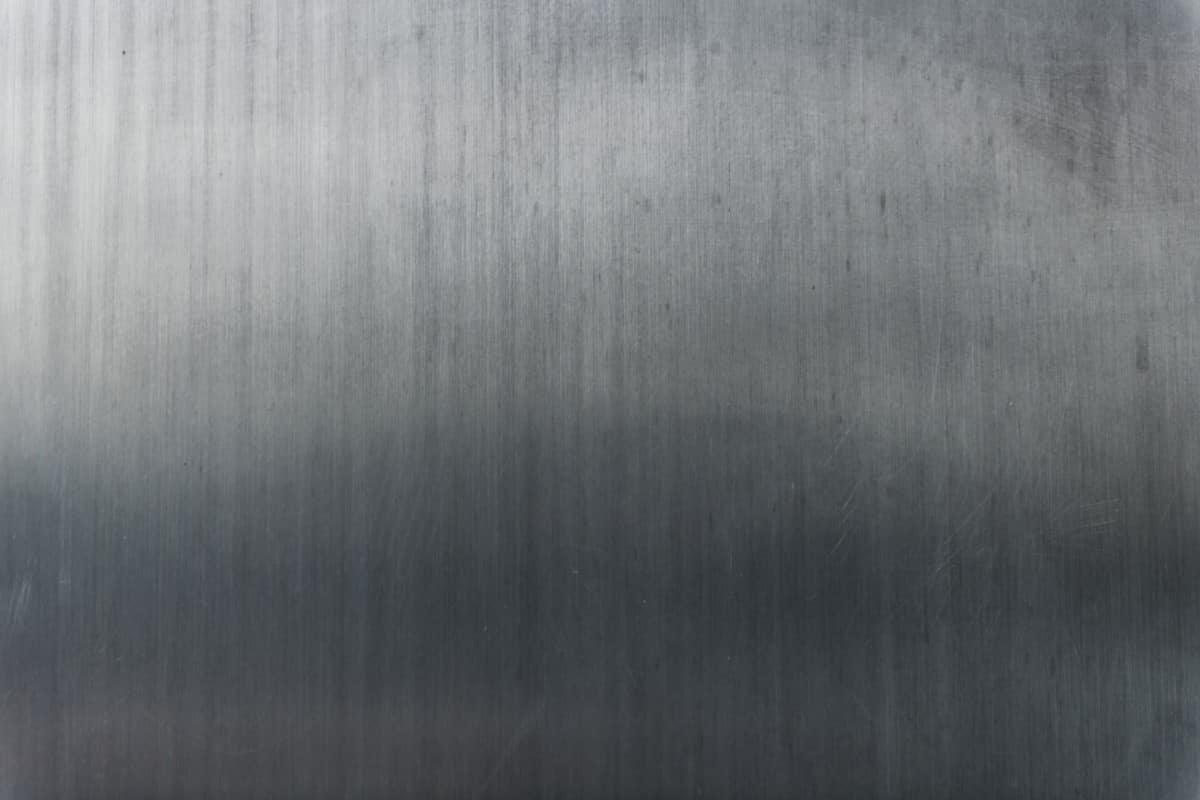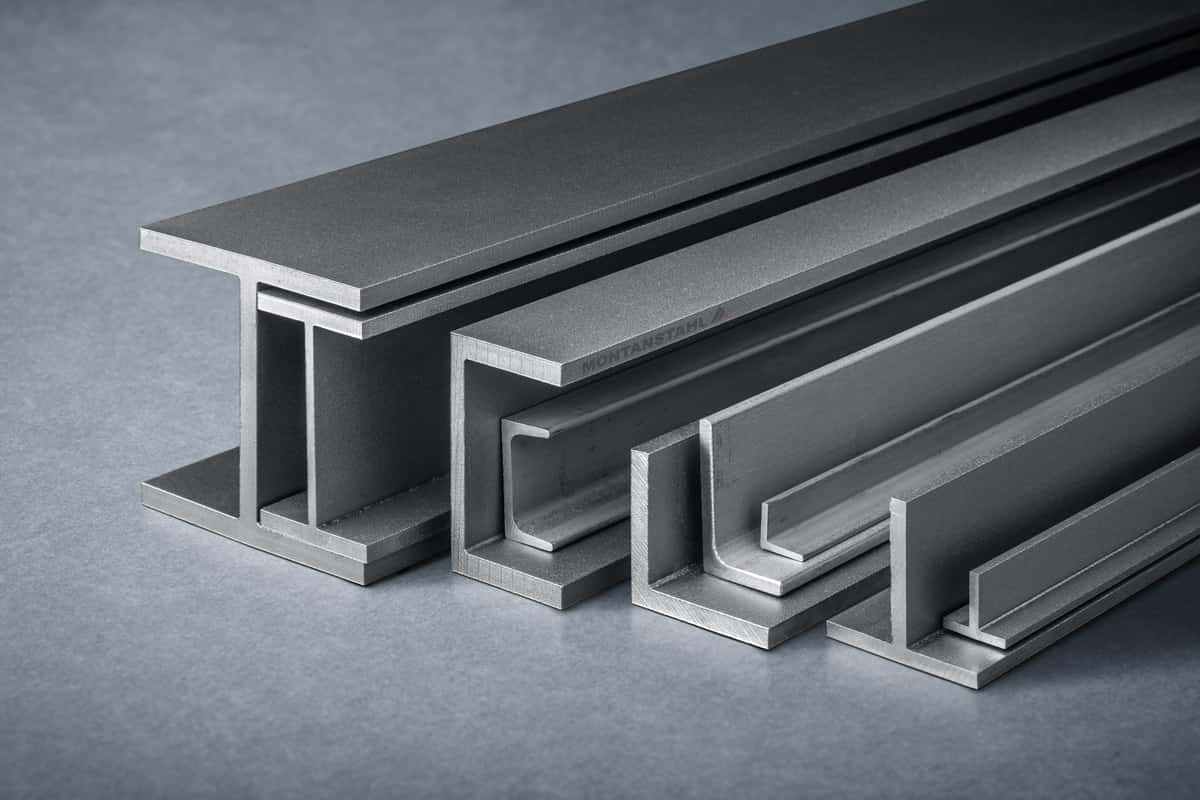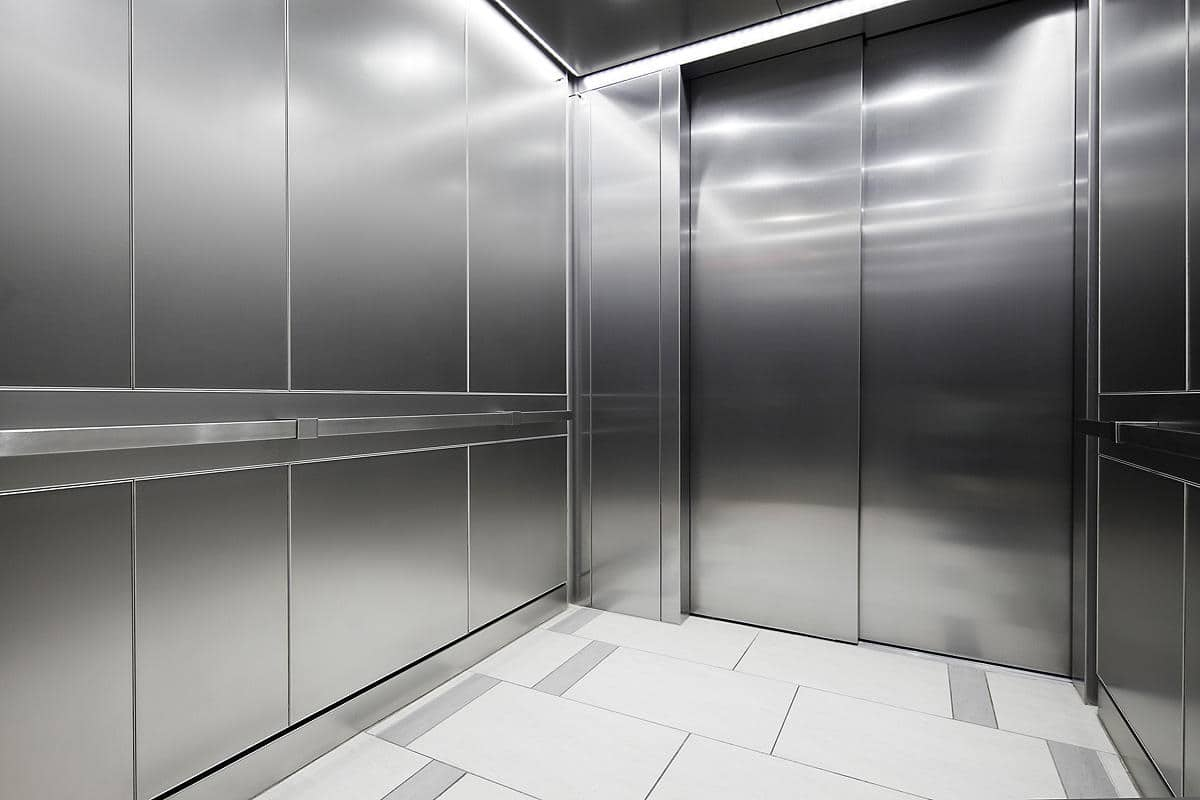Today, in this article, we are going to give you information about 304 stainless steel sheet properties and industrial applications.
stainless steel price
304 Stainless Steel Properties and Applications The ability of stainless steel sheet (304 or 316) to withstand corrosion under normal conditions is the primary reason for its widespread uses and industrial applications. When chromium is combined with iron, the latter gains the capacity to resist corrosion in its properties. Iron acquires resistance to corrosion when chromium concentrations of at least 10.5% are added to the iron. This resistance is due to the creation of an oxide layer of chromium at the surface of the stainless steel, which prevents iron from corroding. This layer is dynamically forming in the background. In the event that the surface is scratched or otherwise damaged, it will pull oxygen from the surrounding air and reconstruct the layer of chromium oxide. Re-passivation is the term used to describe this process. As a result, thanks to the assistance provided by this passive layer, stainless steel maintains its level of protection at all times. This capability also provides the option to reduce the amount of coatings used for corrosion protection, which results in cost savings and a reduced impact on the environment. It is common knowledge that stainless steel has a high resistance to corrosion brought on by the same elements that cause iron and plain steel (amongst other materials) to rust. But a lot of people don’t realize what makes stainless steel “stainless” or why it’s the material of choice for so many different manufacturing uses, like metal baskets, carts, trays, and racks. Keep in mind, however, that despite its name, stainless steel is not entirely resistant to corrosion. This is an essential fact to keep in mind. Stainless steel alloys have the potential to corrode under specific conditions, which may manifest as rust or other issues. Because of this, people frequently wonder: “What causes stainless steel to corrode?” In this post, we’ll take a look at what distinguishes stainless steel from normal steel, as well as the conditions that can truly induce corrosion in stainless steel. The phrase “stainless steel” refers to the tendency of the alloy to resist rusting when exposed to typical environmental conditions. According to an article that was published in Scientific American, “the chemical components in stainless steel react with oxygen from water and air to generate a very thin, stable coating… The existence of the stable coating protects the underlying metal surface from further deterioration by functioning as a barrier that restricts the amount of oxygen and water that may reach the surface. 
stainless steel sheet
This coating of rust is so thin that, in most cases, the human eye is unable to notice it without the assistance of specialized equipment. This is what gives the surface of the steel its characteristic “stainless” aspect. Now, let’s go a little farther into depth! The family of corrosion-resistant alloys is commonly referred to as stainless steel due to the fact that its name is generic. This type of metal is known as “stainless steel” due to the fact that it does not rust or corrode and hence does not leave stains. When combined with other elements like molybdenum, nickel, or nitrogen, its properties become far more potent. With the addition of these elements, stainless steel may be manufactured into a wide variety of grades, which can then be put to use in a wide variety of industries according to the requirements of those sectors. This metal’s ability to be reused and recycled contributes to its status as an environmentally friendly material, making it one of the metal’s most distinctive characteristics. Because more than half of the newly produced stainless steel comes from the remelting of waste metal, stainless steel is considered a “Green Metal.” Stainless steel has been given the nickname “Wonder Metal” due to its exceptional properties, such as its low maintenance requirements, its ability to be welded, its aesthetic appeal, its longevity, its low cost over its whole life cycle, and its resistance to erosion and corrosion. Because of these features, it is a perfect material for a wide variety of applications, which can be used in a wide variety of end use industries. In the sugar industry, stainless steel is the material of choice because, in addition to its resistance to corrosion, it possesses other sterling features that make it an excellent alternative to other competing materials. Following is an explanation of some of the most important characteristics. Hygiene Because it is so simple to clean, stainless steel is the material of choice for meeting the stringent hygiene standards that must be met when dealing with the manufacturing of sugar. a superior ratio of strength to weight The work-hardening property of austenitic grades, which results in a significant strengthening of the material from cold-working alone, and the high strength duplex grades, as well as the high strength and wear of some ferritic-martensitic type grades, allow for reduced material thickness in comparison to conventional grades, which results in cost savings. Simplicity of production It is just as easy to cut stainless steel, weld it, shape it, machine it, and fabricate it as it is to work with standard steels. resiliency under pressure When compared to steel, the impact resistance of stainless steels is reported to be significantly higher. Long term value When the costs of the material’s whole life cycle are taken into account, stainless steel is frequently the material choice that results in the lowest overall cost. Environmental compatibility Stainless steel outlasts many competing products and eliminates the need for extra potentially hazardous components such as paint, fire protection coatings, cleansers, and solvents. In usage, stainless steel is robust and requires a minimum amount of maintenance. One of the most precious scrap materials is stainless steel. It is completely recyclable, and steel manufacturers prefer to use it as a raw material input. The Differences Between Stainless Steel and Regular Steel One of the most important things to understand about stainless steel is that it is available in an extremely wide variety of different forms on the market. The presence of a protective oxide layer of film is what differentiates an alloy made of stainless steel from an alloy made of plain steel, in addition to the fact that the plain steel alloy uses a different mix of component metals. As long as this oxide layer is not disrupted in any way, the surface of the steel will continue to have a shining appearance. The formation of an oxide layer on stainless steel prompts the question: what causes it? The answer can be found in the precise ingredients that are needed to create most types of stainless steel. These elements are chromium, iron, manganese, and silicon. 
stainless steel composition
In addition, the addition of nickel and/or molybdenum to some types of stainless steel helps to further improve the performance of the oxide layer. Because chromium has the greatest influence among these components on the rust resistance of stainless steel, chromium-rich stainless steel alloys (such as the majority of austenitic stainless steels) typically have the strongest resistance to corrosion overall. Additives with particular properties, such as molybdenum, can assist an alloy of stainless steel better withstand the corrosive effects of certain other substances. For instance, stainless steel grade 316 contains the element molybdenum, but stainless steel grade 304 does not. Because of this, stainless steel of grade 316 is more resistant to chlorides than other grades. Why Should You Make Your Custom Wire Forms Out of Stainless Steel? Stainless steel is frequently capable of providing the optimal mix of strength, resistance to corrosion, and temperature tolerance, making it suitable for a wide range of manufacturing applications including the following: Processing of materials Ultrasonic cleaning of mechanical components Sterilization of food preparation or medical equipment Procedures for finalizing components These are just some of the many uses that may be found for a bespoke wire basket manufactured from stainless steel, and there are many more. Obviously, the precise nature of the procedure will play a significant role in determining the type of stainless steel that is employed. When it comes to specific applications, certain types of stainless steel perform significantly better than others. For instance, due to its resistance to pitting corrosion brought on by salt, stainless steel grade 316 is frequently chosen for use in applications that include frequent contact with salt or other chlorides. This is because of the material’s high level of chloride resistance. Because of its astoundingly high tensile strength, grade 430 stainless steel that has been hardened and then subjected to stress relief is favored by some. Stainless steel grade 304, on the other hand, may be put to use in a wide range of contexts, which makes it one of the stainless steel grades that is utilized the most frequently across a wide variety of business sectors. Comparing 316 and 304 Stainless Steel: Their Relative Advantages There are major chemical distinctions between 304 and 316 stainless steel, the most important of which is the chemical compositions of the two types, despite the fact that there are no apparent changes between the two types. The stainless steel grade 304 has 18% chromium and 8% nickel in its composition. In contrast, 316 stainless steel has a chromium content of 16%, a nickel content of 10%, and a molybdenum content of 2%. When comparing these two types of stainless steel, the chemical difference between them is of utmost significance when thinking about their respective applications. 
304 Stainless Steel Properties and Applications
Grade 304 stainless steel accounts for the vast bulk of the world’s demand for the material and its applications. Its popularity can be attributed to a number of factors and properties, including the following: Because it is resistant to corrosion and oxidation in addition to being long-lasting, stainless steel type 304 is able to withstand normal exposures. It is able to tolerate extremely high temperatures due to the fact that its melting point can range from 2,550° F to 2,650° F. In addition to this, 304 is prized for having a high tensile strength of around 621 MPa (90 ksi). The composition of 304 stainless steel, which includes 18% chromium and 8% nickel, makes it an excellent choice for a wide variety of applications, some of which are as follows: Kitchen equipment & appliances Water piping Indoor electrical enclosures Moldings and trim for automobiles Wheel coverings Storage tanks Properties of 316 Stainless Steel and Its Many Applications Both 304 and 316 stainless steel have numerous similarities in their characteristics. However, what differentiates 316 stainless steel from other types of steel are its additional qualities. The incorporation of molybdenum into 316’s chemical composition results in an increase in the material’s resistance to the pitting caused by damaging acids, alkalis, and chloride. This extends its lifespan and gives vital components with the protection they need to function properly. Because it has a high percentage of chromium and nickel, which is characteristic of austenitic stainless steel alloys, it offers greater strength as well as resistance to corrosion in some of the harshest environments. The material composition of 316 stainless steel, which includes 16% chromium, 10% nickel, and 2% molybdenum, enables it to be utilized in applications that demand exceptional corrosion resistance in addition to stringent hygiene and cleanliness standards. The following are some of the more frequent applications: Chemical equipment Pharmaceutical equipment Outdoor electrical enclosures Marine parts Stainless steel baskets Medical surgical equipment Floats made of stainless steel Advantages of Employing Stainless Steel Grade 316 When an exposure to salt and other chlorides is a possibility, as well as when long-term durability is sought, the benefits of employing 316 stainless steel rather than 304 stainless steel are evident. 
stainless steel types
Durability As a material that is not only hardy but also adaptable, 316 stainless steel is a fantastic option for use in applications like the creation of bespoke wire baskets. The 316 stainless steel used in these baskets continues to deliver longevity year after year in spite of being exposed to the challenging and high-impact situations that they are frequently exposed to. Corrosion Resistance Because it contains an additional chemical component called molybdenum, 316 stainless steel has a far higher resistance to corrosion than 304 or any of the other stainless steel alloys. Because of this, 316 stainless steel can be utilized in situations that are extremely acidic despite not being damaged by the conditions, unlike other types of steel. In addition, the fact that 316 is resistant to corrosion makes it an excellent choice for use in the pharmaceutical and medical industries. This is because 316 is able to tolerate the harsh disinfectants and high temperatures that are required to sterilize equipment. Applications in the Sea and Marine Environment Salt and chlorides may wreak havoc on stainless steel alloys such as 304 and others if they are exposed to them. The protective oxide layer of stainless steel type 304 can be eroded by salt, which is one of the reasons why this type of steel is more susceptible to pitting caused by the impacts of salt and chlorides. However, 316 stainless steel possesses all of the desirable features of 304 stainless steel, in addition to the advantage of molybdenum, which makes it resistant to corrosion when exposed to chlorides and salts. This makes 316 stainless steel a superior material. 











Your comment submitted.